Cooking gas, originally known as Liquefied Petroleum Gas, LPG provides us with one of the fastest, eco-friendly, and affordable means of cooking food compared to its alternatives.
As a result of that, we could notice that a lot of industries and households are beginning to switch to it lately, which is quite good anyways. However it is imperative that you learn of the vital cooking gas safety tips.
However, despite all the benefits associated with LPG, it might interest you to know that these gas cylinders may also cause colossal harm when mishandled.
In fact, reports show that over 4 million people die yearly from indoor air pollution-caused illness.
Your wellbeing and safety is our pleasure, and this is why we’ve drafted out some cooking gas safety tips as suggested by experts in the field.
But before going to the main article, this is for you:
Quick facts about cooking gas
- The first gas stove was developed in 1802 by Zachäus Winzler.
- An average cooking gas can last for up to 15 years if well handled and maintained.
- The cooking gas is one of the cleanest and healthy means to prepare food for yourself.
- Millions of Nigerians use cooking gas. In fact, it was reported that the domestic utilization of cooking gas in Nigeria has increased to 78,000 metric tonnes.
- Over 4 million people die from indoor air pollution-caused illness annually.
- Inappropriate knowledge and carelessness are the major causes of gas-related accidents/deaths worldwide.
10 Cooking Gas Safety Tips

1. Store your cylinder in a safe place
The way you place your gas cylinder is very crucial as it can result in a colossal loss if not kept in a safe manner.
For safety sake, it is advisable you place your gas cylinder in an environment that is well ventilated. You should also avoid placing it directly under the sunlight or any other sources of heat.
It is equally important to ensure that there is no flammable substances and electrical sockets close to the exact area you intend placing your cylinders to avoid an accident.
However, if the situation warrants you to place the Cylinder outdoor, be sure to keep it in a cabinet having wire net at the bottom region. By so doing, the LPG will be able to escape in the air should in case a leakage occurs in the cylinder.
2. The Positioning of your Cylinder matters
Poor positioning is one of the grievous mistakes that often lead to gas-related accidents and even deaths.
That’s why you must be extra careful with the Positioning. To stay safe using cooking gas, always keep your gas cylinder on a firm and balanced surface, and be sure to place it vertically i.e. you should position it in such a way that the bottom of the cylinder will be in contact with the balanced surface while the regulator side of the container will be directly upwards.
That being said, never make the mistake of rolling or placing the cylinder horizontally for additional pressure as it can really trigger some harsh effects.
You should also be sure to always place the cylinder’s regulator and valve within your reach to make things easier.
3. Never handle leakages with levity
There are several things that could cause your cylinder to begin leaking, and one of the easy ways to figure that out is when you begin to perceive or sense the smell of gas in the air.
Once you suspect that your cylinder is leaking, the first thing to do is to turn it off from the regulator rather than panicking.
After that, you can then apply soap and water solution on the cylinder, and you will notice some bubbles on it, which signifies that the affected area is where the leakage occurs.
At this point, it is crucial to enlighten you that tracing leakages on the cylinder using a lighter or matchstick is dangerous as it can easily result in widespread fire or even explosion.
You should also be sure not to operate electrical switches at that period and make sure the stove knobs are properly switched off.
Furthermore, it is recommended that you open the windows and doors so that the leaked gas will be able to escape into the air. Perhaps the smell persists for a longer period of time, and you can call an experienced person to help detach the regulator and place the safety cap on the valve.
4. Cultivate good maintenance culture
Maintenance is key to the longevity and safety of any equipment, including cooking gas.
You must ensure to always take good care of your cylinder because some crucial parts of it might even begin to malfunction without you noticing until it will eventually break down.
When you do a regular check up on your cylinder, you will be able to easily identify any dent, rust or other things that could damage your cylinder.
5. Be courteous when transporting your gas cylinders
This is yet another common mistake that cooking gas users make and has been condemned severally by the experts.
These are mistakes like rolling the cylinder from one place to the other, throwing it on the floor, placing the valve of the cylinder downwards rather than upwards, to mention but a few. If you are guilty of any of the aforementioned, it is best you shun it henceforth to be on a safer side.
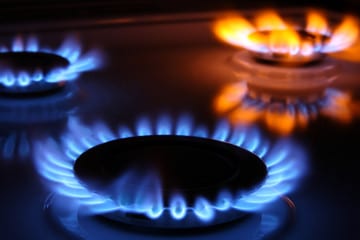
6. Turn off the cylinder after usage
The valve or regulator on your cylinder is not there for aesthetic sake; they are specifically placed there for a purpose, which is to save you! When you fail to turn off your cylinder after usage, it might engender serious damage or accident.
That’s why experts often advise cooking gas users always to turn off their LPG whenever it is no longer in use.
7. Keep the gas cooker out of children’s reach
Parents are usually advised to keep most appliances out of the reach of their children, and of course, cooking gas is not left out.
The reason is that teenagers might be very careless at times, and we all know how dangerous gas could become when mishandled.
Therefore, as a parent who cares for the health and safety of your children and family, it is imperative you restrict your teenagers from cooking alone. Doing so will help reduce the risk of gas-related accidents.
8. Keep Inflammable Objects Away
One of the easiest ways to trigger gas-related accident is by placing inflammable objects very close to where you are using a gas stove burner.
The reason is that gas cookers produce heat which is capable of burning inflammable appliances when placed near it.
To prevent against such, it is required of you to always keep away inflammable objects from your cooker, especially when you are not using them.
9. Avoid shaking the gas cylinder
Some people are fond of the habit of shaking their gas cylinder in an attempt to find out the remaining gas content in it. If you belong to this category, then it is high time you stopped.
As a matter of fact, multiple studies & experts reveal that shaking a gas cylinder might be very risky as it could result in widespread explosion or other serious gas-related accident.
10. Cook safely
While cooking with a cooking gas, make sure your kitchen is well ventilated. Avoid placing plastics, pan handles or other flammable items close to the flame.
Always keep your eyes on what you’re cooking, because the flames could increase, the food could overflow and extinguish the burner.
Regularly make sure the pot is balanced well on the burner. This is another one of the many cooking gas safety tips you should take note of.
Other important cooking gas safety tips:
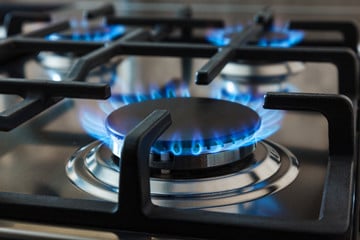
- Do not experiment while connecting your gas cylinder; consult an expert to fix it for you
- Always place the cylinder in a place that has sufficient ventilation
- Keep all inflammable and combustible materials away from the cooking gas
- Never buy or replace your gas cylinders from the black market
- Avoid transferring the gas from one cylinder to the other
- Do not place the cylinder close to any heat-generating source (such as an electric oven, induction cooker or a kerosene stove). Make sure they are at least 1 metre far from each other.
- Never open the burner knob if you are yet to light a matchstick. Light the matchstick first, and then switch on the burner knob thereafter
- Avoid placing electrical appliances anywhere near the cooking gas
- Never trace leakage using the lighter/matchstick.
- Always check the expiry date.
- Never attempt to repair, adjust, or inspect your gas cooker on your own. Let an expert do it for you instead.
- Avoid using long curtains near the cooking gas
- Do not keep the gas cylinder in your cabinet
- Always turn off the regulator knob immediately you are done using the cooking gas
- Change the rubber tube regularly (ideally twice a year)
- Do not install your gas cylinder below ground level or in the basement. The perfect place is at the ground level.
- If you must place your cylinder in the cupboard, you must be sure there is enough ventilation both from the top and floor level.
- Never keep your cylinder in a place exposed to direct sunlight, rain, dust, and heat
- Be sure not to place any kitchen utensil or cloth on top of the cooking gas.
- Check the regulator to make sure it is not faulty or worn out. They should bd used for at least 5 years.
- Check the rubber hose to ensure that it is not worn out or expired.
- Check the hose clips to ensure that it is firmly secured and in good condition.
- Check the gas cylinder to make sure that it is free from cracks, dents or rust.
- Check for gas leaks by making use of a liquid soap solution applied on cylinder joints. When you see bubbles from the soap indicates a gas leakage.
- Do not use a lighter to test for gas leakage.
Thanks for reading, please share this to others now!
ALSO READ:
- 5 Safety Tips For Passengers In A Car
- 5 Safety Tips To Follow While Using Your Generator
- 7 Healthy Ways to Ensure Food Safety
- Is reusing cooking oil bad for you?
- Essential Safety Tips During The Rainy Season
Collins Nwokolo is a human physiologist, writer and health enthusiast. He loves writing helpful articles on health and fitness, which he enjoys sharing with everyone.
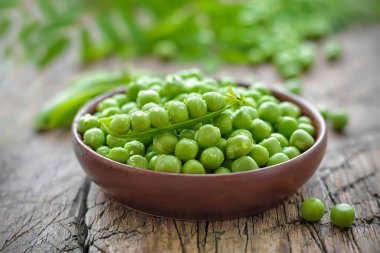

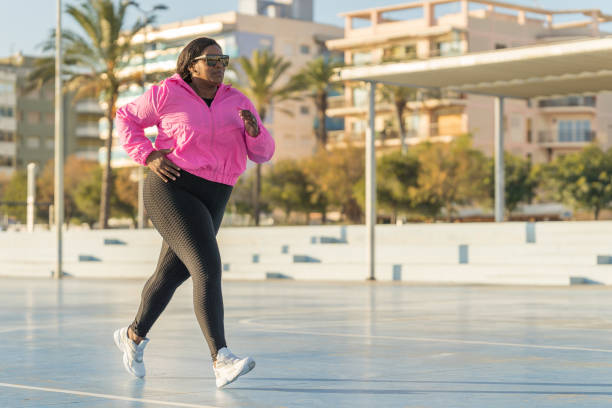


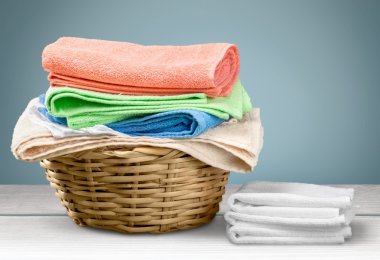
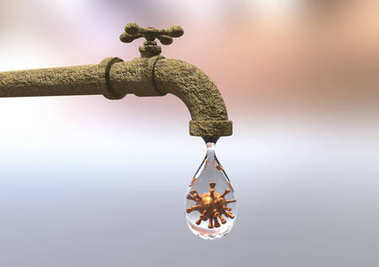
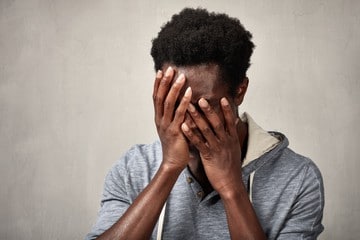
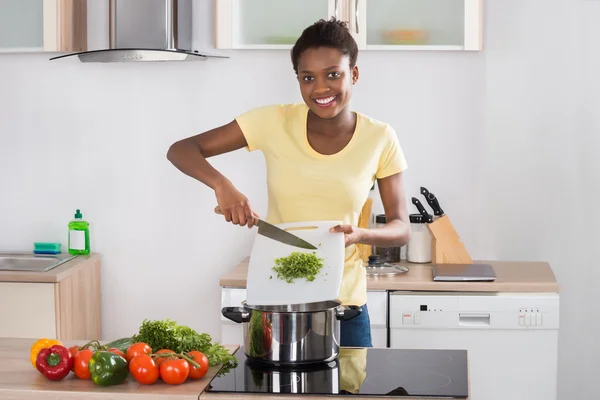
Quite educative, will check in here more often.
Hope you update regularly?
Thanks for the kind words. Yes, we try to update regularly.